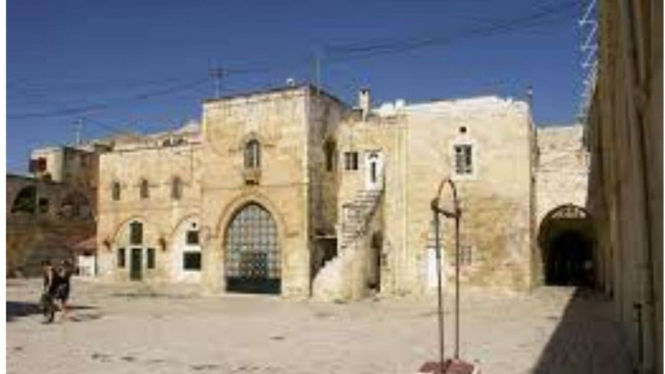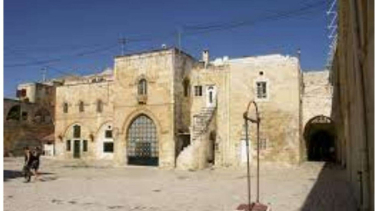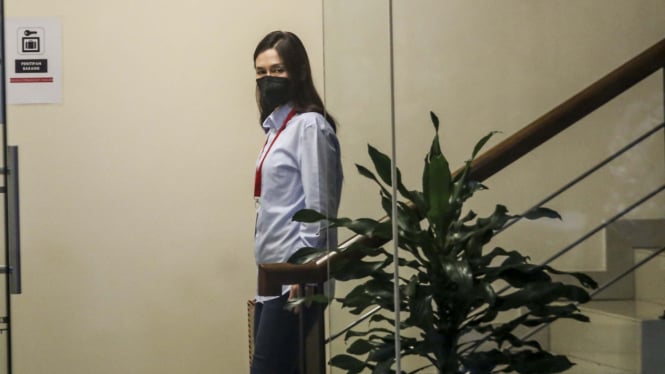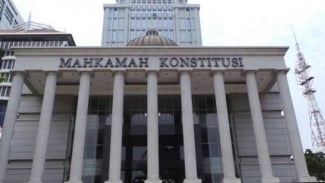Jerusalem Museum about Armenian History Reopens After Renovation
- mediamax.am
VIVA – A 19th-century orphanage in Jerusalem's Armenian Quarter reopens as a museum. The Mardigian Museum reopened one hundred years after housing dozens of children whose parents perished in the Armenian genocide.
The Mardigian Museum showcases Armenian culture and tells the story of the community's relationship with the holy city over the centuries, as quoted from The Times of Israel. At the same time, it is a memorial to around 1.5 million Armenians killed by the Ottoman Turks around World War I, in what many scholars consider the 20th century’s first genocide.
Turkey denies the deaths constituted genocide, saying the toll has been inflated and that those killed were victims of civil war and unrest.
Museum Armenia di Yerusalem
- dreamtime
Director Tzoghig Karakashian said the museum is meant to serve as “a passport for people to know about the Armenians” and to understand their part of Jerusalem’s history.
The museum reopened in late 2022 after a more than five-year renovation project. Before that, the building originally a pilgrim guesthouse built in the 1850s served as a monastery, an orphanage for children who survived the genocide, a seminary, and ultimately a small museum and library.
Jerusalem is home to around 6,000 Armenians. Many of them are descendants of people who fled the genocide. Most of them inhabit one of the main areas of the historic Old City, in a large enclosed and protected compound with the 12th-century St. James Armenian cathedral.
The connection between Armenians and the holy city goes back centuries. From monks and pilgrims during the late Roman Empire to the Armenian queen of the Crusaders of Jerusalem.
The centerpiece of the museum is an exquisite 5th or 6th-century mosaic, decorated with exotic birds and vines discovered in 1894 in the compound of an ancient Armenian monastery. It bears an inscription in Armenian dedicated to the commemoration and salvation of all Armenians.
For decades, the mosaic was kept in a small museum near the Damascus Gate of the Old City. In 2019, the Israel Antiquities Authority and the Armenian Patriarchate moved the mosaic floor from the city bridge to the newly renovated museum.
The museum showcases Armenian art materials, from intricately carved stone crosses known as "khachkars" to iconic painted tiles and priestly robes. The museum also tells the story of Armenian survival. Armenians have survived, despite Jerusalem changing hands.
"Surviving means being invisible. We survived without people knowing what or who we were, and today we feel ready to show and tell about history and heritage, about culture, and to show you how we progressed and modernized over time," says museum tour guide, Arek Kahkedjian.



























